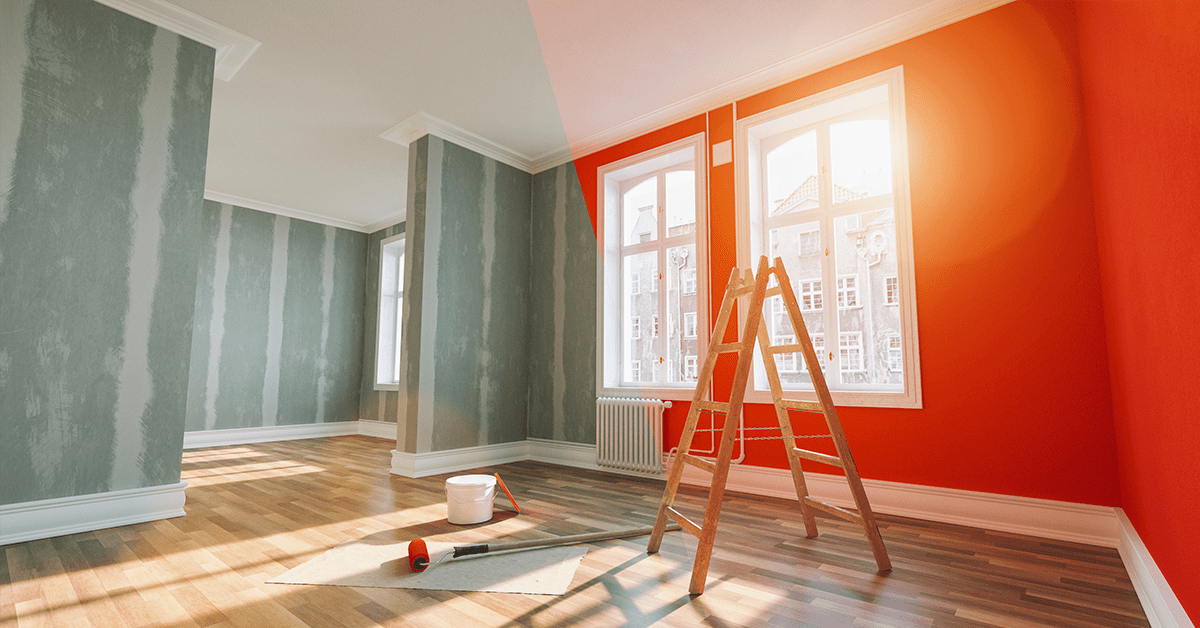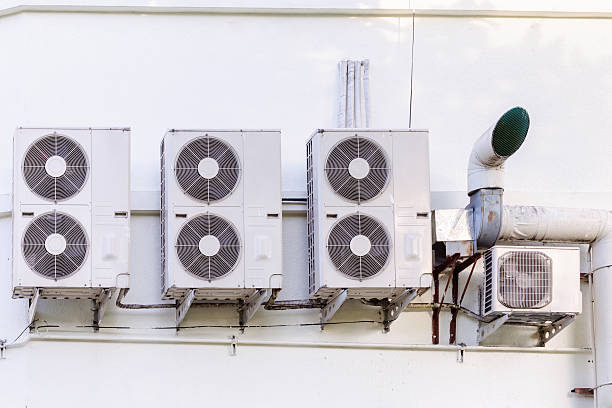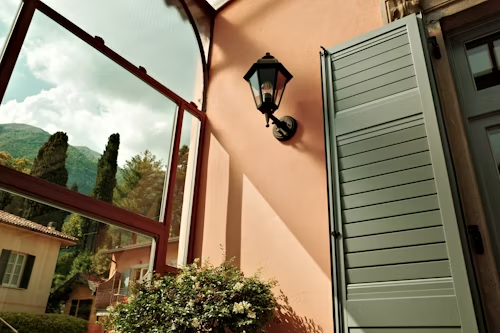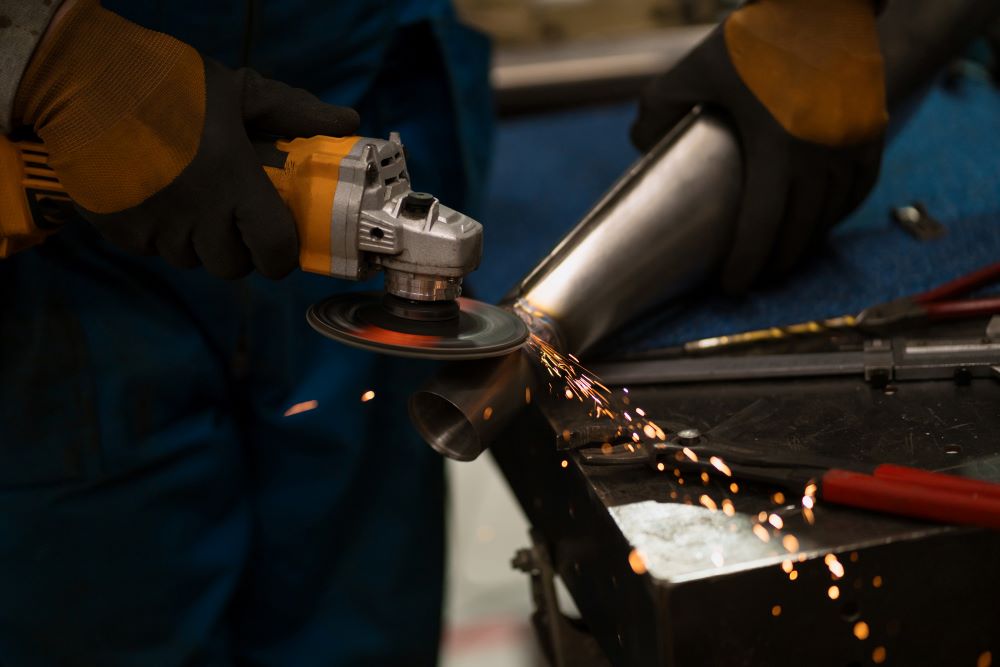Hanging items on fiberglass can be a tricky task, but with the right tools and techniques, it’s entirely possible to securely attach a wide range of objects to these smooth, non-porous surfaces. Whether you’re looking to hang a wreath, mount a cabinet, or display your favorite artwork, this guide will explore the various options available to you.
Command Adhesive and Strips
One of the most popular and versatile solutions for hanging items on fiberglass is command adhesive and strips. These removable, damage-free products are designed to stick securely to a variety of surfaces, including fiberglass, while allowing you to easily remove and reposition them as needed.
When using command strips, it’s important to thoroughly clean the fiberglass surface with isopropyl alcohol or acetone to ensure maximum adhesion. Apply the strips according to the manufacturer’s instructions, pressing firmly to create a strong bond. Command strips come in a range of sizes and weights, so you can choose the appropriate option for your specific hanging needs.
Hooks and Hangers
Another effective method for hanging items on fiberglass is to use specialized hooks and hangers. These come in a variety of styles, from screw-in hooks to adhesive-backed options, and can be used to support everything from picture frames to shelves.
For screw-in hooks, you’ll need to carefully drill a pilot hole in the fiberglass to prevent cracking or chipping. Be sure to use the right size drill bit and apply painter’s tape to the surface to help protect the area around the hole. Once the pilot hole is drilled, you can screw the hook directly into the fiberglass.
Adhesive-backed hooks and hangers, on the other hand, offer a more straightforward installation process. Simply clean the surface, peel off the backing, and press the hook or hanger firmly into place. These are a great option for temporary or lightweight items, as they can be easily removed without damaging the fiberglass.
VHB (Very High Bond) Tape
VHB tape is another powerful adhesive solution for hanging items on fiberglass. This thick, double-sided tape is designed to create an incredibly strong bond, making it an excellent choice for heavier or more permanent fixtures.
When using VHB tape, it’s crucial to ensure that the fiberglass surface is thoroughly cleaned and degreased to maximize adhesion. Apply the tape according to the manufacturer’s instructions, pressing firmly to create a secure connection. VHB tape is often used for mounting cabinets, shelves, and other heavy-duty items on fiberglass surfaces.
Screws and Bolts
For a more secure and permanent attachment, you can opt to use screws or bolts to hang items on fiberglass. This method is particularly useful for supporting heavier loads or when you need to create a more robust mounting solution.
Before drilling any holes, be sure to use painter’s tape or a similar protective layer to help prevent cracking or chipping of the fiberglass. Start with a pilot hole and gradually increase the drill bit size until you reach the desired diameter for your screws or bolts. When inserting the fasteners, apply firm pressure and avoid overtightening to prevent damage to the surface.
Velcro and Magnets
For a more versatile and removable hanging solution, consider using Velcro or magnets. Velcro strips can be adhered to both the fiberglass surface and the item you wish to hang, allowing you to easily attach and detach as needed. Magnets, on the other hand, can be used to create temporary mounting points on fiberglass surfaces, making them a great option for displaying items that need to be frequently moved or rearranged.
When using Velcro or magnets, be sure to clean the fiberglass surface thoroughly and follow the manufacturer’s instructions for proper application. This will help ensure a secure and long-lasting hold.
Hanging on Fiberglass Doors and RVs
Hanging items on fiberglass doors and RV surfaces presents some unique challenges, but with the right approach, it can be done effectively. Command strips, adhesive-backed hooks, and Velcro are all excellent options for these types of surfaces, as they can be easily applied and removed without causing damage.
For fiberglass doors, you may also consider using a tension rod or a suction cup hanger to create a temporary mounting point for items like wreaths or decorations. When hanging on RV surfaces, be mindful of the vibrations and movements that the vehicle may experience, and choose your hanging methods accordingly.
Final Words on How to Hang a Wreath on a Fiberglass
Fiberglass surfaces can present a unique challenge when it comes to hanging items, but with the right tools and techniques, it’s entirely possible to create a secure and attractive display. Whether you’re looking to hang a wreath, mount a cabinet, or display your favorite artwork, the methods outlined in this guide will help you achieve a professional-looking and damage-free result.
Remember to always take the time to thoroughly clean the fiberglass surface, follow the manufacturer’s instructions for your chosen hanging method, and consider the weight and size of the item you’re trying to hang. With a little bit of preparation and the right approach, you can transform your fiberglass walls, doors, and surfaces into the perfect canvas for your personal style and décor.
FAQs
Do command strips stick to fiberglass?
FAQ
Command strips are an excellent option for hanging items on fiberglass, as they are designed to adhere securely to a variety of smooth, non-porous surfaces. By thoroughly cleaning the fiberglass with isopropyl alcohol or acetone prior to application, you can ensure maximum adhesion and a strong, reliable bond.
What can you put on fiberglass to protect it?
When it comes to protecting fiberglass surfaces, there are a few options to consider. Applying a clear acrylic sealant or polyurethane coating can help create a durable, scratch-resistant surface that is less prone to damage. These protective coatings can also make it easier to clean the fiberglass and prepare it for hanging items.
What do you coat fiberglass with?
If you’re looking to coat fiberglass for a specific purpose, such as enhancing its appearance or improving its resistance to weathering, there are a few popular options. Gel coats are often used to provide a smooth, glossy finish, while epoxy resins can offer enhanced durability and chemical resistance. Ultimately, the best coating will depend on the intended use and desired outcome for the fiberglass surface.












